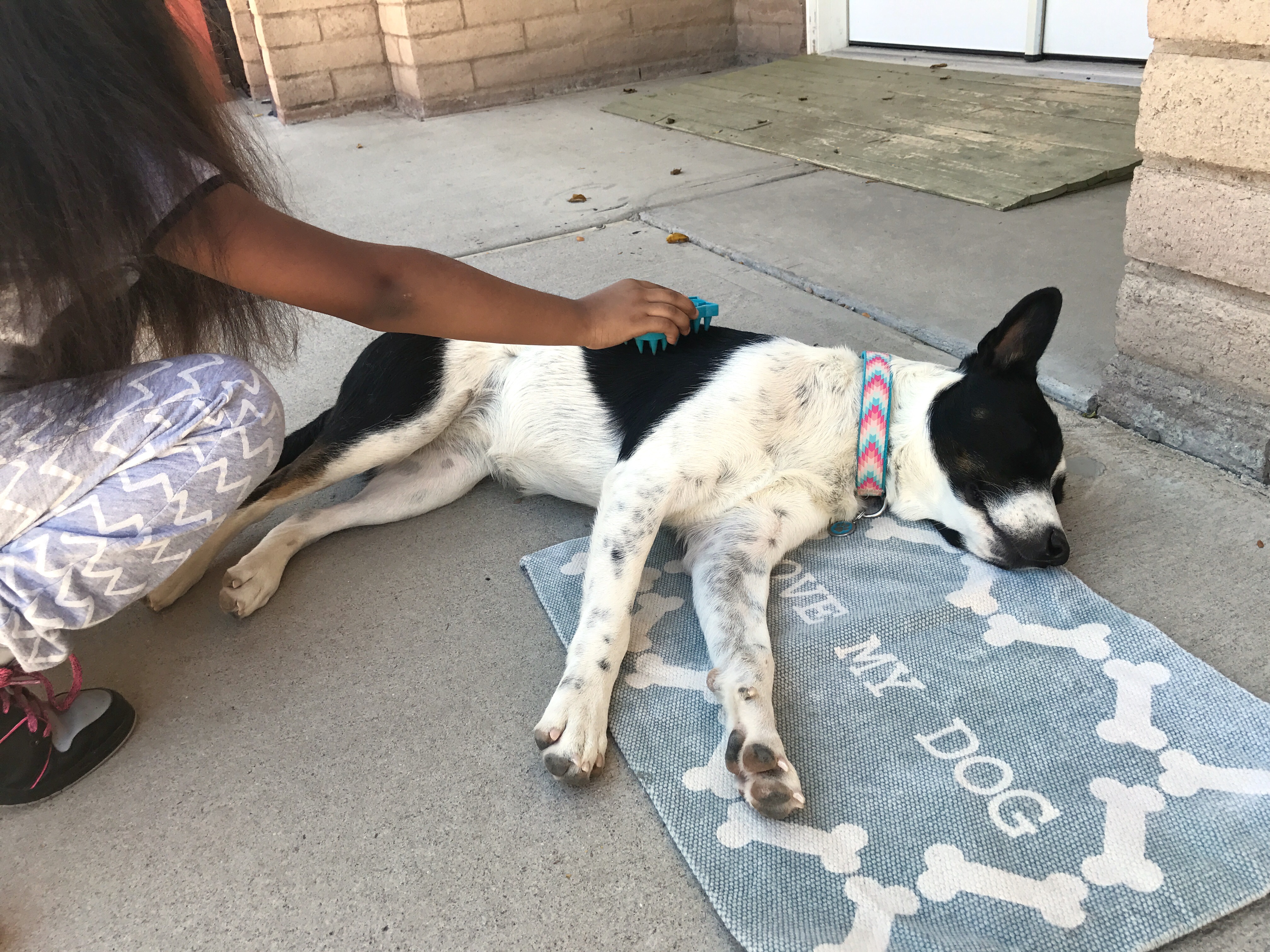Occupational Therapy
Occupational therapy is a holistic approach to health care treatment that promotes an individual’s wellbeing and quality of life through the therapeutic use of everyday activities (occupations). Occupational therapists empower people of all ages and abilities to participate in the activities that they need and want to do, despite any injury, illness, or disability they are experiencing.
Occupational therapy services typically include:
- an evaluation of the client’s skills, needs, and barriers, during which the client/family and occupational therapist work together to determine the client’s goals
- client-centered and occupation-based intervention to improve the client’s ability to perform daily activities and reach his/her goals
- an outcomes evaluation to ensure that the goals are being met and changes are made to the intervention plan as needed
Who might benefit from occupational therapy?
- A child with autism who needs help getting ready in the morning and has difficulty with coping with changes in the routine might see an OT to improve fine motor and gross motor skills, self-regulation, sensory processing, and communication skills.
- A teenager with ADHD who has trouble focusing in school, completing tasks, and making friends might see an OT to improve attention, memory, impulse control, planning, time management, and social skills.
- An adult with anxiety and depression might see an OT to gain coping skills, develop healthier habits, and learn how to manage symptoms in order to participate fully in work, leisure, and social activities.
- An older adult who had a stroke that has weakened one side of his body might see an OT to improve strength, endurance, range of motion, and learn how to use adaptive equipment to get dressed, cook, clean, and take care of his dog.
- These are just a few examples, see below for the wide range of needs that OT can address!
Examples of conditions that OTs treat:
- Neurological (cerebral palsy, spinal cord injury, stroke, traumatic brain injury, multiple sclerosis, epilepsy, Alzheimer’s disease, dementia)
- Neurodevelopmental (autism spectrum disorder, developmental coordination disorder/dyspraxia, ADD/ADHD, intellectual disability, developmental delay, Down syndrome, learning disorder)
- Musculoskeletal and orthopedic (arthritis, hip and knee replacement)
- Sensory (visual or hearing impairment, sensory processing disorder)
- Psychological and behavioral (depression, anxiety disorder, OCD, body-focused repetitive behavior, PTSD, addiction, substance abuse)
- Pain (chronic pain, migraines, back pain, fibromyalgia, chronic fatigue syndrome)
- Chronic diseases (diabetes, cancer, heart disease)
Areas of occupation addressed:
- Activities of daily living (ADLs): self-care, dressing, bathing, feeding, functional mobility
- Instrumental activities of daily living (IADLs): home management, care of others, care of pets, financial management, shopping, driving and community mobility, health management
- Rest and sleep: sleep preparation and participation
- Productive activities (education or work): stress management, school/work accommodations, modifications, job performance enhancement, retirement adjustment, volunteer participation
- Play and leisure activities: exploration and participation
- Social participation: engaging in activities in the community, with family, and with friends
Goals addressed:
- Self-care skills
- Independent living skills
- Fine motor skills
- Gross motor skills
- Strength and range of motion
- Endurance
- Balance and coordination
- Cognition
- Attention and memory
- Executive functioning
- Problem-solving
- Motor planning
- Sequencing
- Sensory processing
- Interoception
- Social interaction skills
- Emotional regulation
- Coping skills
- Vocational skills
- Community integration
- Self-concept and self-esteem
- Role performance
- Stress and time management
- Assistive technology needs
- And more!




